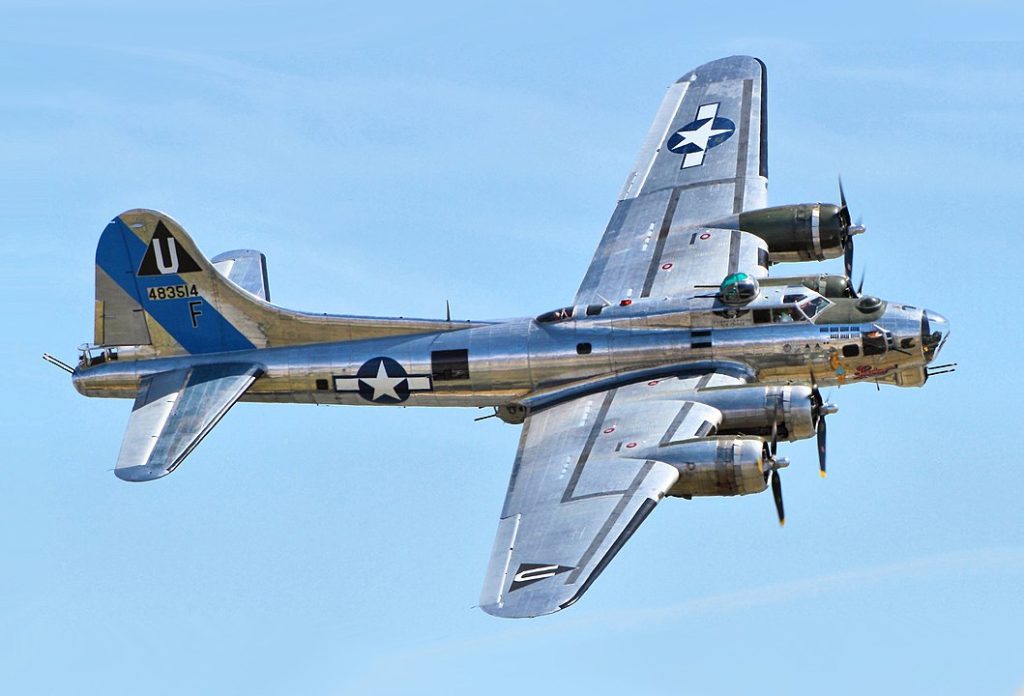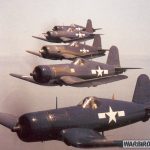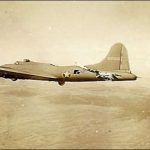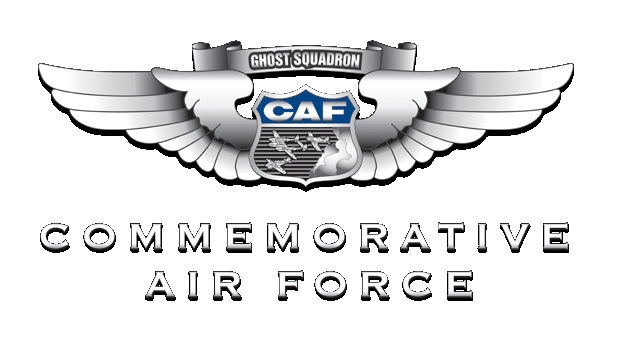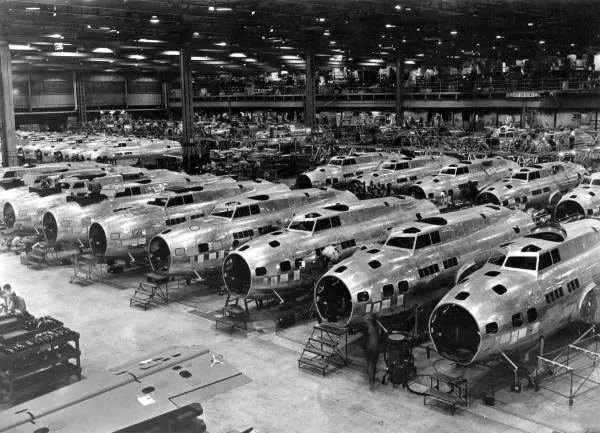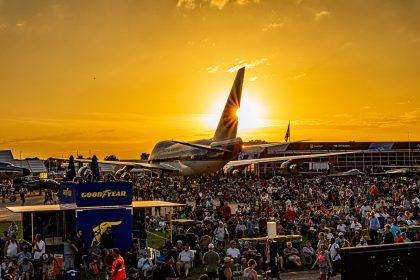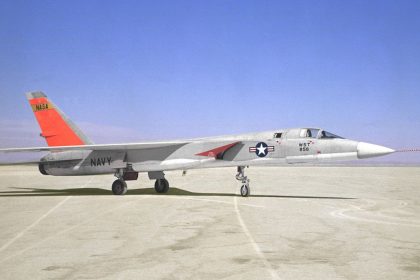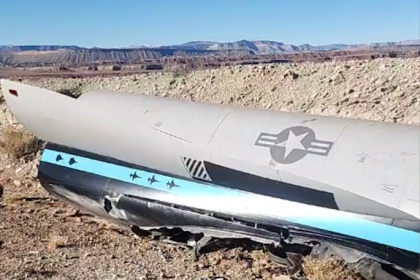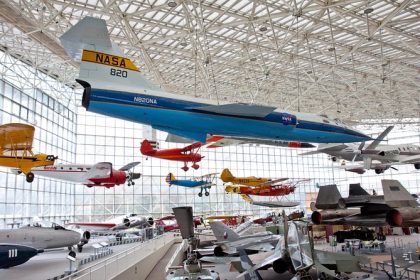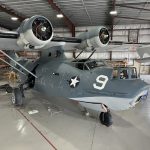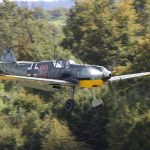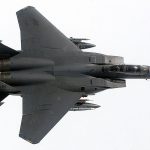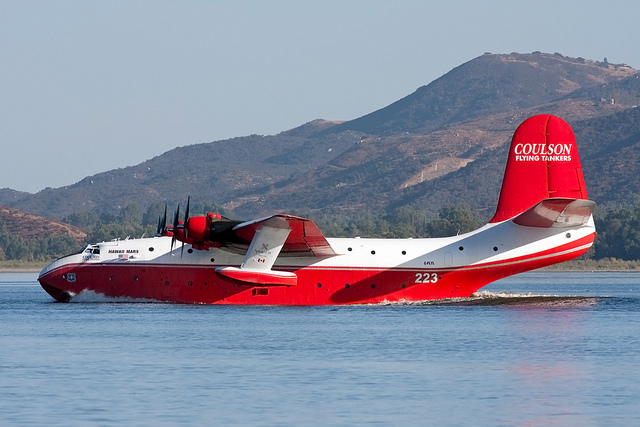On this day in aviation history—April 13, 1945—we commemorate the 80th anniversary of the delivery of the final Boeing-built B-17 Flying Fortress (s/n 43-39508) during World War II. Completed at Boeing Plant 2 in Seattle, Washington, on April 9, 1945, the aircraft underwent standard testing procedures before its official handover to the U.S. Army Air Forces just four days later.
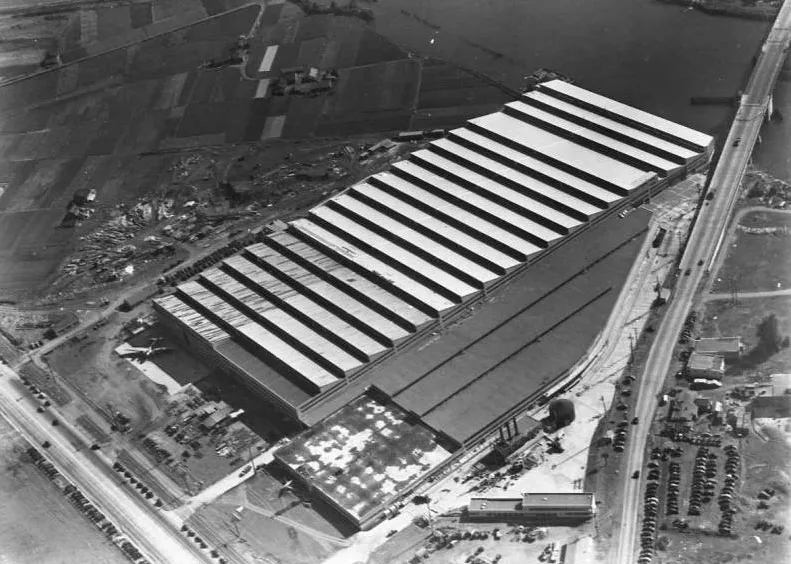
The Boeing B-17 Flying Fortress played a pivotal role in the Allied victory in Europe, serving as the backbone of the U.S. Army Air Forces’ daylight strategic bombing campaign. Designed to endure heavy damage and still return home, the B-17 earned a legendary reputation among its crews for its resilience in combat. It helped cripple Germany’s war production by relentlessly targeting factories, transportation hubs, and other critical infrastructure.
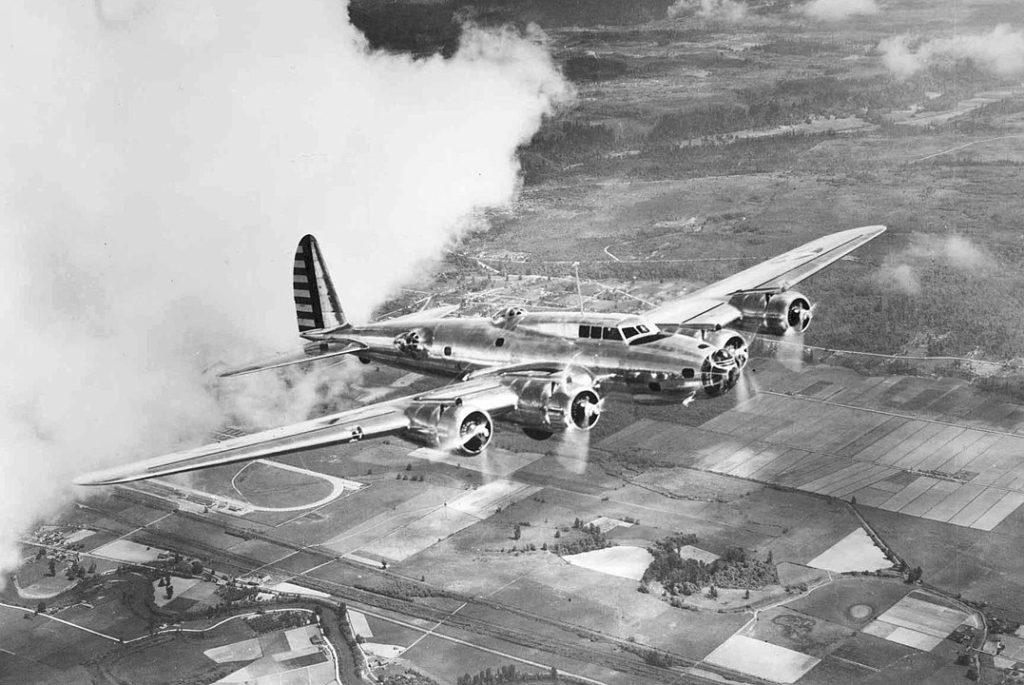
Powered by four Wright R-1820-97 Cyclone turbo-supercharged radial engines—each delivering 1,200 horsepower—the B-17 had a typical bomb load ranging from 4,500 to 8,000 pounds. The definitive B-17G model bristled with defensive firepower, sporting 13 .50 caliber Browning M2 machine guns positioned in multiple turrets and gun stations. Though it cruised at a relatively modest speed of 182 mph, the Flying Fortress was designed to take punishment and bring its crew home.
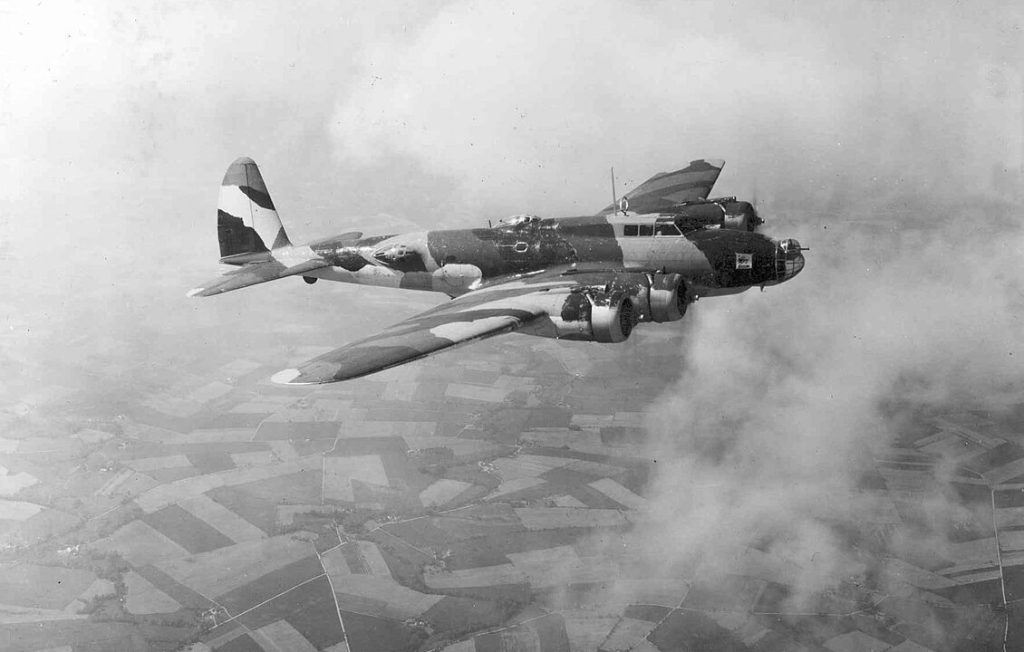
B-17s were built not only by Boeing, but also under license by Vega (a Lockheed subsidiary) and Douglas Aircraft. In total, 12,731 airframes were produced during the war. Today, only a few dozen B-17s survive. Some are preserved in museums, others are undergoing restoration, and a handful still take to the skies at airshows. These surviving aircraft serve as powerful reminders of the sacrifices made by the men who flew and maintained them—and of the enduring importance of preserving history for future generations.
